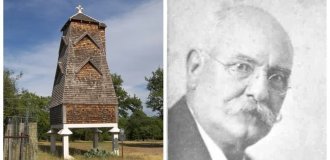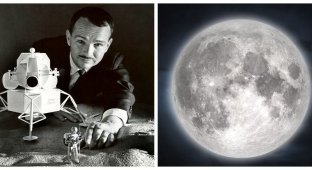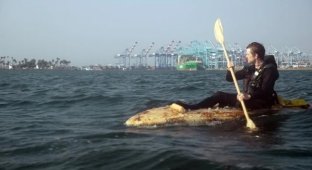Everyone knows Neil Armstrong, the first man to walk on the Moon. But few have heard of Eugene Shoemaker, the only man whose eternal resting place is on its surface.
His life was full of paradoxes: he dreamed of space, but never went there; he studied distant stars, but died in a mundane car accident. 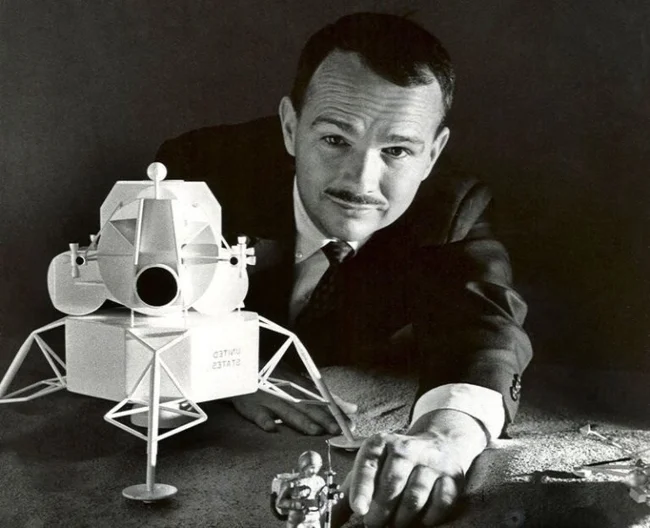
A Child Prodigy with a Pickaxe
Eugene Shoemaker was ahead of his peers from childhood. He found studying so easy that he often skipped classes to devote time to his main passion—collecting and studying minerals. The future scientist spent his summer vacations not on the beach, but on geological expeditions. His passion led him to the California Institute of Technology, where he met his future wife, Caroline. Eugene achieved the impossible—he captivated her with geology, which she had previously found unbearably boring. This meeting marked the beginning of one of the most fruitful scientific partnerships in history. 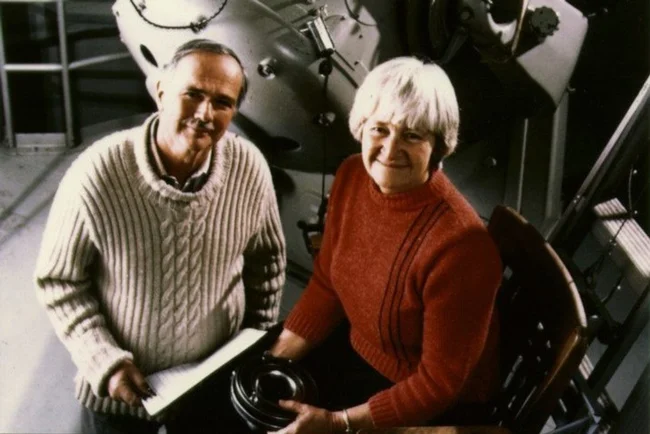
A Scientist with Cosmic Aspirations
While working for the U.S. Geological Survey, Shoemaker revolutionized science. In 1960, he compiled the world's first geological map of the Moon, founding the new discipline of astrogeology. It was he who taught humanity to "read" the history of other celestial bodies the same way we read it in Earth's rocks. He himself dreamed of traveling to the Moon and was a leading astronaut candidate, but due to poor health, he never went into space.
Shoemaker explored the vastness of space with a telescope. His wife became his faithful assistant in this difficult endeavor. It was the Shoemakers, along with Canadian astronomer David Levy, who discovered the comet named after them in 1993. According to Bill Bryson, author of "A Brief History of Nearly Everything," Comet Shoemaker-Levy 9 was notable for being the first celestial body whose collision with Jupiter was observed live by scientists. 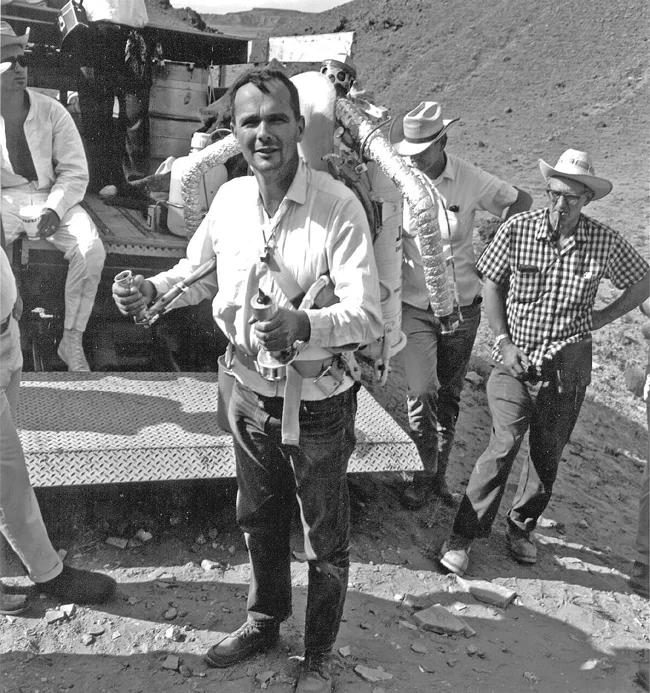
Car Crash and "Funeral" on the Moon
Eugene Shoemaker, as Anatoly Bernatsky writes in his book "100 Great Mysteries of the Universe," believed that bodies from outer space also fall to Earth quite frequently. "It's only a matter of time before another meteorite hits the city like the Hiroshima bomb," he wrote. Shoemaker himself also died from a collision, not with a meteorite, but with a car. The car carrying Eugene and his wife crashed in July 1997. Caroline suffered serious injuries but survived, while her husband died instantly. However, even death could not prevent Eugene Shoemaker from continuing his space mission.
According to Alexander Zheleznyakov, author of the book "Secrets of Rocket Disasters: The Price of a Breakthrough into Space," to honor Shoemaker's achievements and to fulfill his dream of traveling into space, some of the astrogeologist's ashes were placed aboard the American interplanetary probe Lunar Prospector. On July 31, 1999, the probe reached the lunar surface. Having completed its scientific mission, the probe fell into a crater near the south pole. Thus, Eugene Shoemaker became the first person buried on Earth's moon. 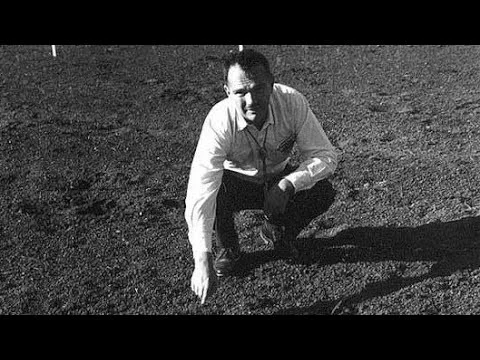
Add your comment
You might be interested in:



